Italian cuisine is one of the most popular and beloved cuisines in the world. Italian restaurants are known for their delicious food and warm hospitality. However, in today’s competitive market, it is not enough to have great food and service. A successful Italian restaurant must have a strong brand identity that sets it apart from the competition.
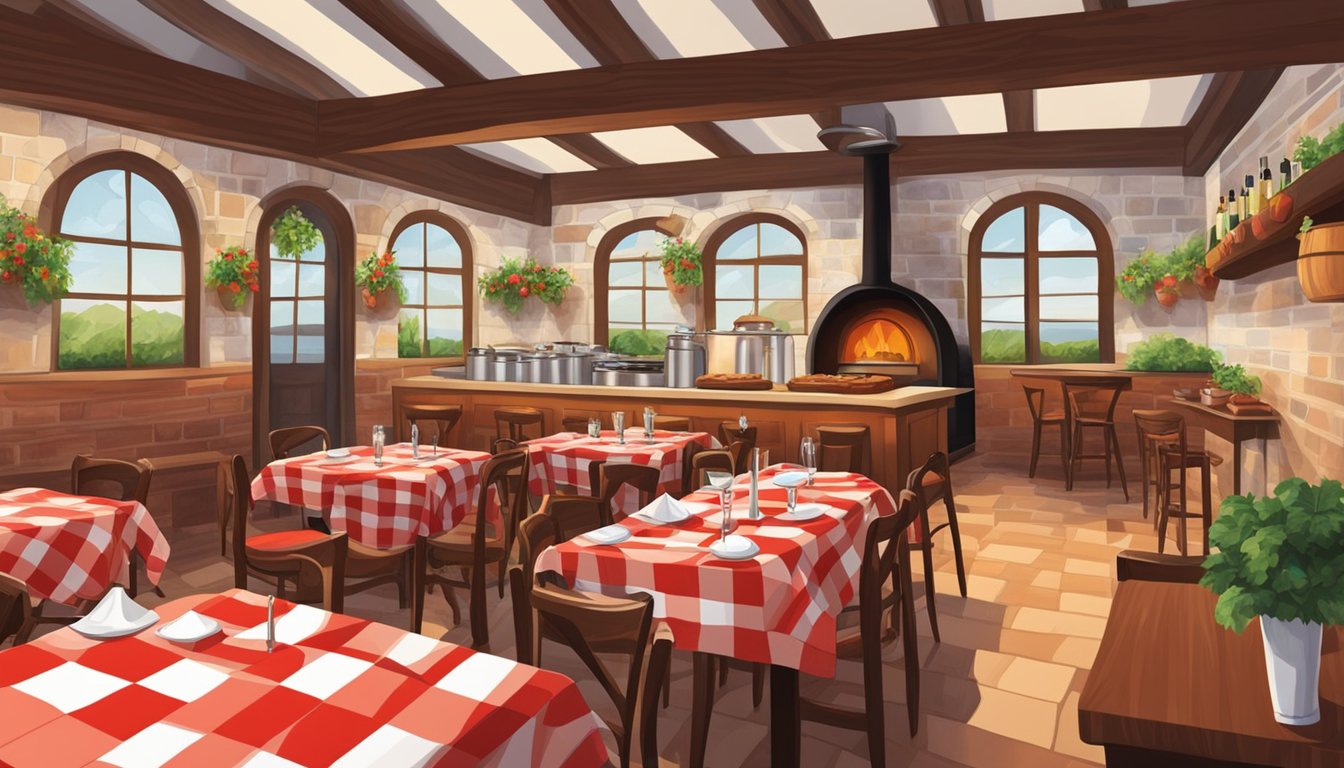
The essence of Italian restaurant branding is to create a unique identity that reflects the restaurant’s values and personality. This includes developing a visual identity that encompasses the restaurant’s logo, colour palette, typography, and imagery. A strong visual identity helps to create a memorable impression on customers and differentiate the restaurant from others in the market.
Interior and exterior design considerations are also crucial in Italian restaurant branding. The design should reflect the restaurant’s personality and create a welcoming atmosphere for customers. Packaging and presentation are also important in creating a memorable dining experience. The presentation of food and beverages should be visually appealing and reflect the restaurant’s brand identity.
Key Takeaways
- A strong brand identity is crucial for the success of an Italian restaurant.
- Developing a unique visual identity that reflects the restaurant’s values and personality is essential.
- Interior and exterior design, packaging, and presentation are important considerations in Italian restaurant branding.
The Essence of Italian Restaurant Branding
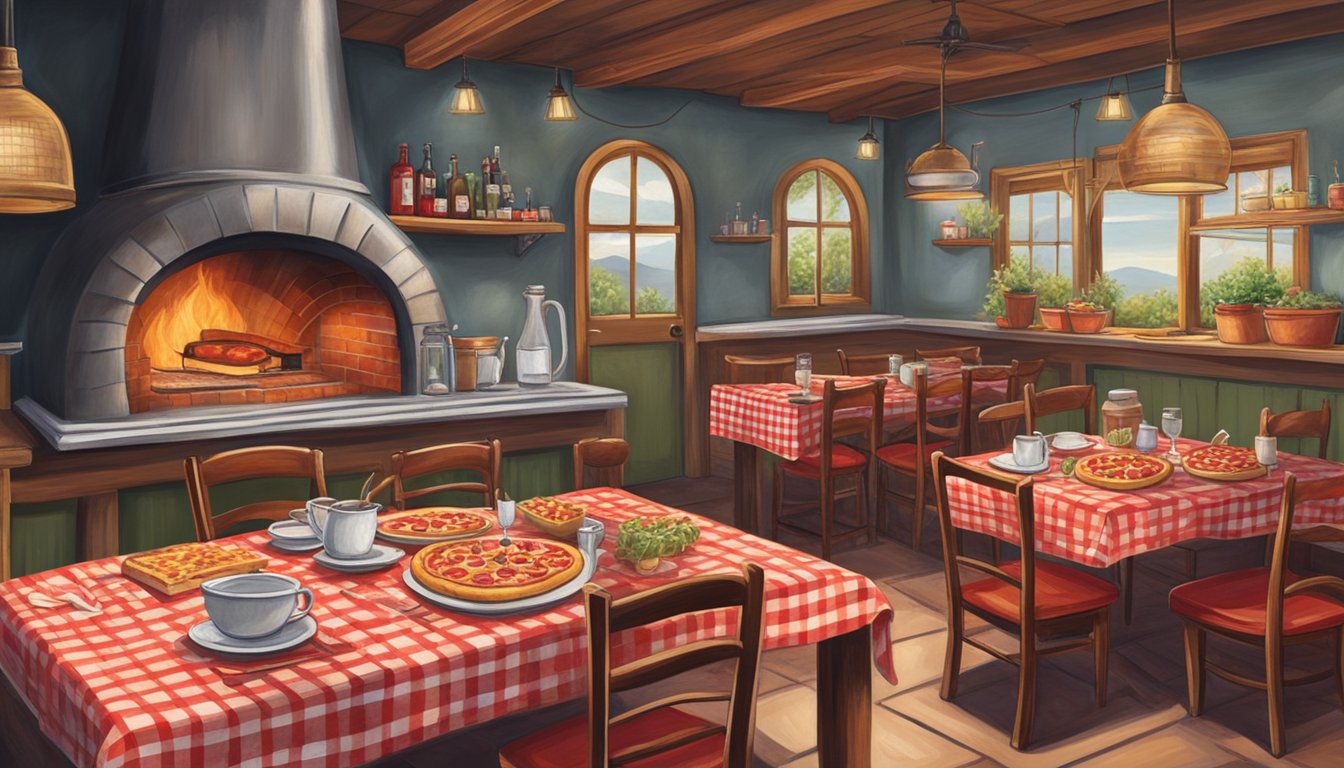
Italian cuisine is well-loved around the world, and with a strong brand, your Italian restaurant can stand out in the market. When it comes to Italian restaurant branding, it is essential to define your brand and position it in the market. Here are some tips to help you get started.
Defining Your Brand
Defining your brand is the first step in creating a successful Italian restaurant brand. Your brand should reflect the values and essence of your restaurant. For an Italian restaurant, this could mean incorporating values such as authenticity, passion, and family into your brand.
To define your brand, consider the following questions:
- What is your restaurant’s mission and vision?
- What are your core values?
- What is your unique selling proposition?
- What kind of experience do you want to provide for your customers?
Once you have answered these questions, you can start building your brand identity. This includes choosing a name, logo, colour scheme, font, and tone of voice that align with your brand values.
Brand Positioning in the Market
Brand positioning is how your brand is perceived in the market. To position your Italian restaurant brand, you need to understand your target market and your competitors.
Your target market could be foodies, families, or tourists. Once you have identified your target market, you can tailor your brand messaging and marketing efforts to appeal to them.
To understand your competitors, you need to identify other Italian restaurants in your area and analyse their branding and marketing efforts. This will help you identify gaps in the market and position your brand accordingly.
With a strong brand and effective brand positioning, your Italian restaurant can stand out in the market and attract customers who share your passion for Italian cuisine.
Visual Identity Development
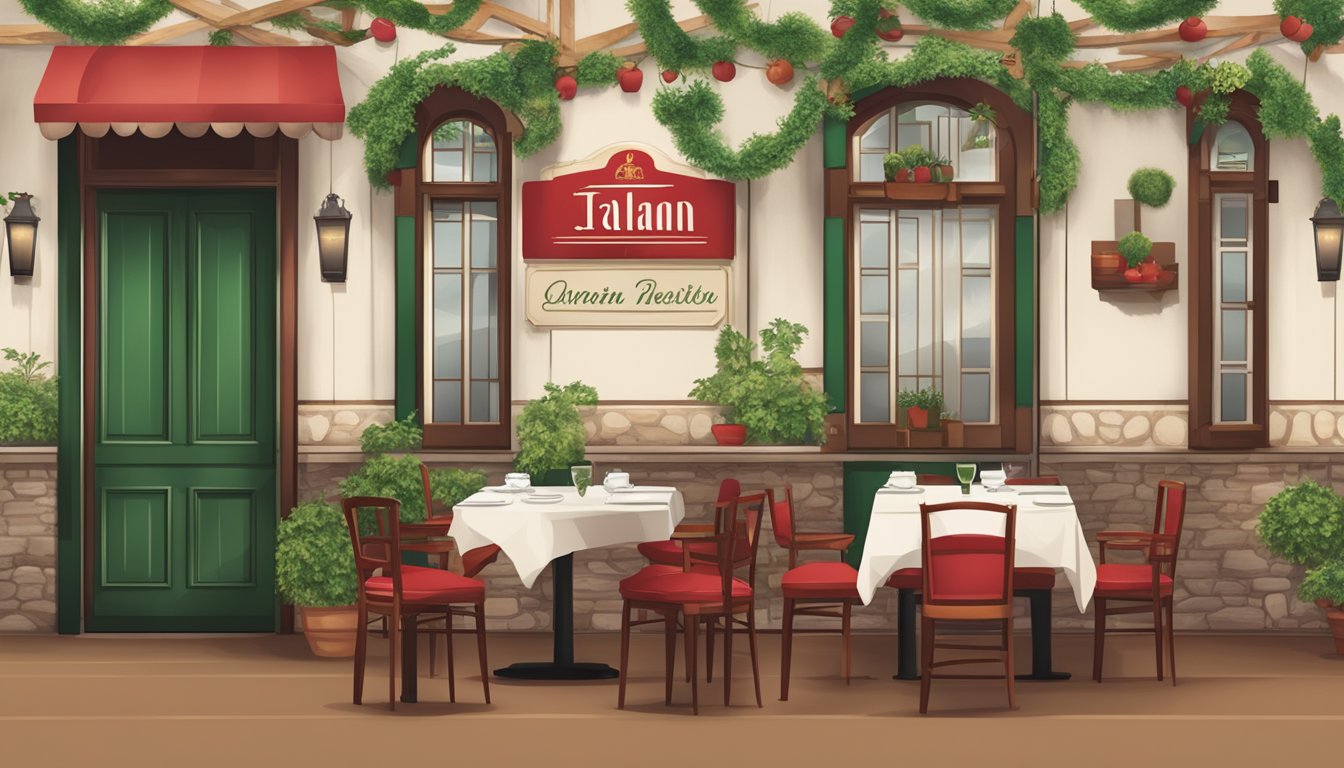
Creating a strong visual identity for your Italian restaurant is crucial in attracting customers and establishing your brand. Your visual identity should reflect the style and atmosphere of your restaurant, as well as the Italian culture and cuisine you offer. Here are some important factors to consider when developing your restaurant’s visual identity.
Choosing Your Color Palette
Colour is an important aspect of your restaurant’s visual identity. It can evoke emotions and set the tone for your customers’ dining experience. When choosing your colour palette, consider the style of your restaurant and the type of Italian cuisine you offer. For example, if you offer traditional Italian cuisine, you may want to consider using warm colours such as red, orange, and yellow. If your restaurant has a modern, minimalist style, you may want to consider using neutral colours such as black, white, and grey.
Typography and Its Impact
Typography is another important aspect of your restaurant’s visual identity. The font you choose can convey different emotions and styles. When choosing your typography, consider the style of your restaurant and the type of Italian cuisine you offer. For example, if you offer traditional Italian cuisine, you may want to consider using a classic serif font. If your restaurant has a modern, minimalist style, you may want to consider using a clean, sans-serif font.
Incorporating Italian Style Elements
Incorporating Italian style elements into your restaurant’s visual identity can help establish your brand and create a memorable dining experience for your customers. Consider using design elements such as Italian patterns, textures, and imagery. You can also incorporate Italian language and phrases into your restaurant’s visual identity, such as using Italian words for menu items or incorporating Italian quotes into your decor.
Overall, developing a strong visual identity for your Italian restaurant is key in attracting customers and establishing your brand. By considering factors such as colour, typography, and Italian style elements, you can create a unique and memorable dining experience for your customers.
Interior and Exterior Design Considerations
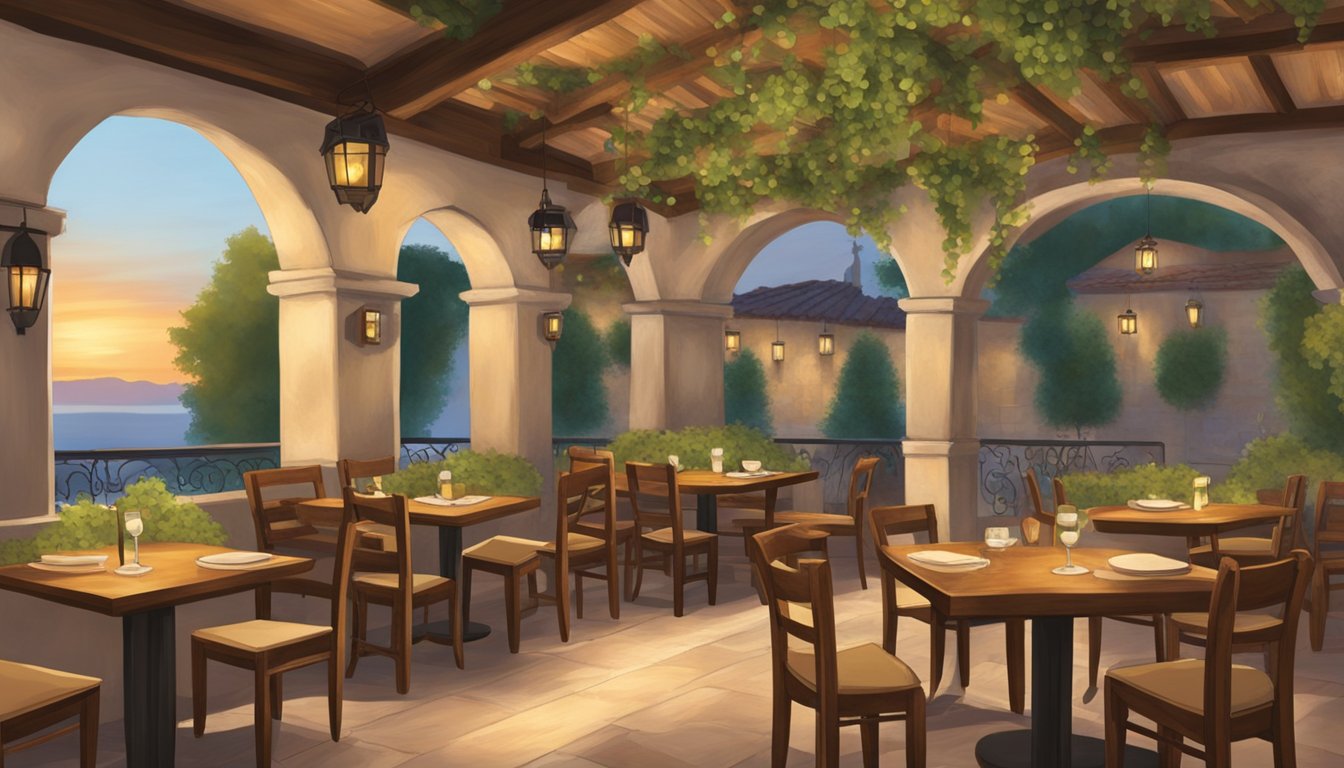
When it comes to branding your Italian restaurant, the interior and exterior design of your establishment are crucial components that can help you create a memorable and authentic experience for your customers. Here are some design considerations to keep in mind:
Restaurant Design That Reflects Your Brand
Your restaurant design should reflect your brand identity and values. This can be achieved by incorporating warm colours and elements such as gold, flowers, and oro. These elements can help you create an inviting atmosphere that reflects the warmth and vibrancy of Italian culture.
Consider using a combination of warm colours such as red, orange, and yellow, which are commonly associated with Italian cuisine. You can also use natural elements such as wood and stone to create a rustic and authentic feel.
Creating an Authentic Italian Atmosphere
To create an authentic Italian atmosphere, it’s important to pay attention to the details. Consider incorporating traditional Italian elements such as murals, vintage posters, and photographs to create a sense of nostalgia and familiarity.
In addition, the use of lighting can help you create a warm and inviting atmosphere. Consider using warm lighting fixtures such as chandeliers and wall sconces to create a cozy and intimate ambiance.
When it comes to exterior design, consider creating an outdoor dining area that is reminiscent of an Italian piazza. This can be achieved by using wrought iron furniture, creating a fountain or water feature, and incorporating greenery such as potted plants and flowers.
Overall, the interior and exterior design of your Italian restaurant can play a significant role in creating a memorable and authentic experience for your customers. By incorporating warm colours, natural elements, and traditional Italian elements, you can create an atmosphere that reflects the warmth and vibrancy of Italian culture.
Packaging and Presentation
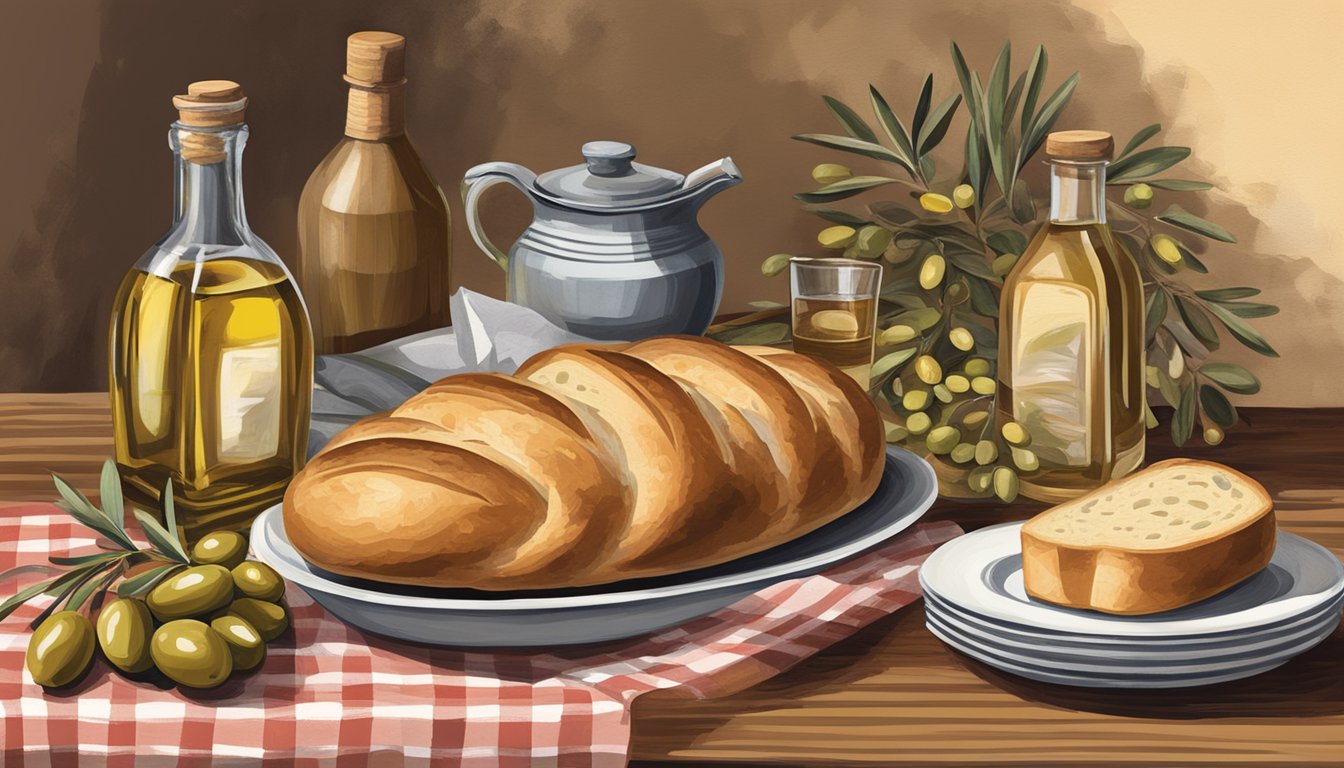
When it comes to Italian restaurant branding, packaging and presentation play a crucial role in creating a memorable brand experience. In this section, we will discuss the importance of branded packaging for takeaway and delivery and the role of packaging in brand experience.
Branded Packaging for Takeaway and Delivery
In today’s fast-paced world, many customers prefer to order food online or for takeout. This is where branded packaging comes into play. Branded packaging not only ensures that your food arrives safely and securely but also acts as a marketing tool for your restaurant.
For example, Toscana Italian Restaurant uses modern and highly structured layouts in their takeout packaging. The use of different typefaces and geometric forms in their logo creates a winged horse crest typical of the Tuscan region. This innovative design helps the restaurant stand out from the competition and leaves a lasting impression on the customers.
Similarly, Florentine Trattoria in Stockholm, Sweden, uses branded packaging to communicate their commitment to quality and authenticity. The packaging features a vibrant and playful brand identity that reflects the restaurant’s personality.
The Role of Packaging in Brand Experience
Packaging not only protects your food but also plays a vital role in creating a unique brand experience. It helps to build brand recognition and reinforces your brand identity.
For instance, many casual Italian restaurants use traditional red and white checkered tablecloths and napkins to create a warm and welcoming atmosphere. This simple yet effective packaging technique helps customers feel at home and adds to the overall dining experience.
In addition, Italian street food vendors often use eco-friendly packaging to promote sustainability and reduce waste. By using biodegradable packaging, they are not only doing their part for the environment but also creating a positive brand image in the minds of the customers.
In conclusion, branded packaging and presentation are essential elements of Italian restaurant branding. They help to create a unique brand experience and reinforce your brand identity. By using innovative packaging techniques, you can stand out from the competition and leave a lasting impression on the customers.
Marketing Your Italian Restaurant
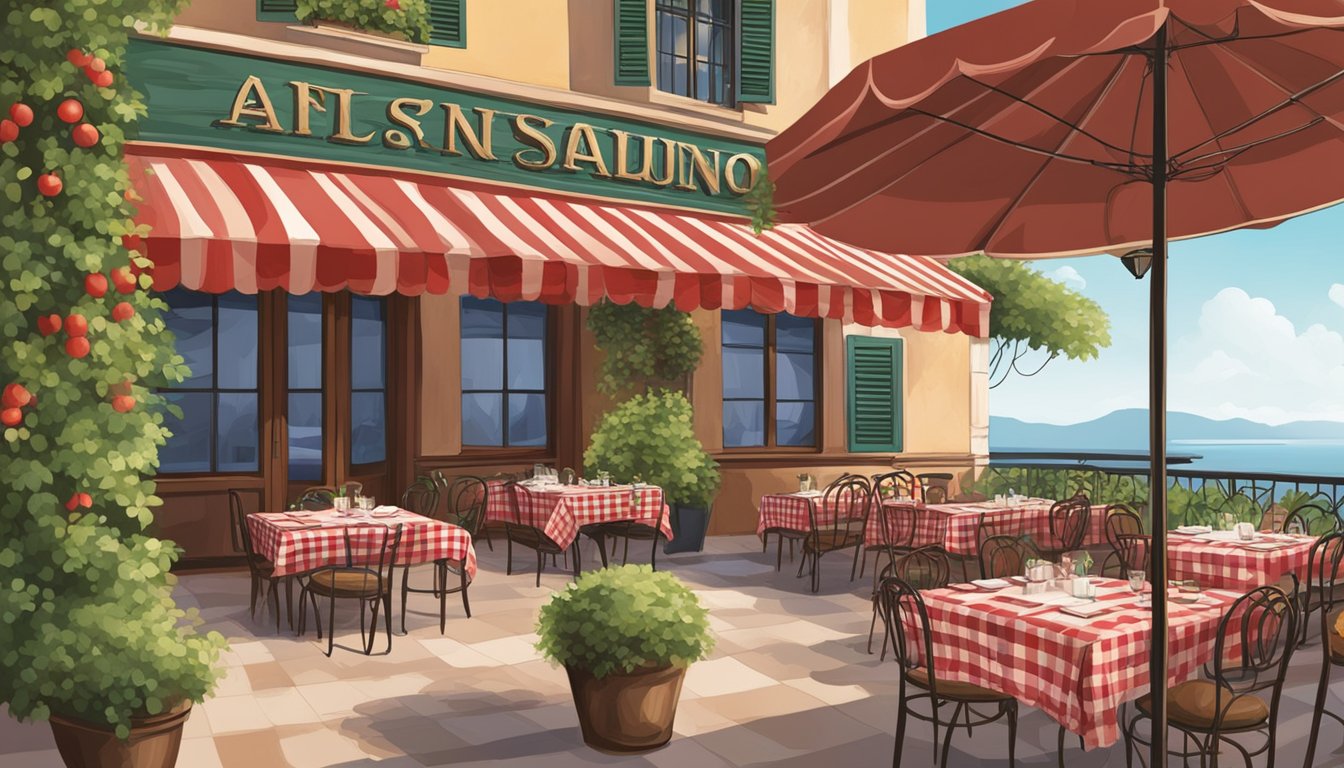
As an Italian restaurant owner in Manhattan, it’s important to have a strong marketing strategy to attract new customers and retain existing ones. Here are some effective ways to market your Italian restaurant:
Digital Presence and Social Media
In today’s digital age, having a strong online presence is crucial for your restaurant’s success. Make sure your restaurant has a website that is easy to navigate and showcases your menu, location, and hours of operation. Consider hiring a professional to design your website to ensure it looks professional and visually appealing.
Social media is another powerful tool to promote your Italian restaurant. Create accounts on popular platforms such as Facebook, Instagram, and Twitter, and regularly post mouth-watering photos of your dishes, promotions, and events. Engage with your followers by responding to comments and direct messages promptly.
Engaging with the Local Community in Manhattan
Engaging with the local community in Manhattan is an effective way to build your restaurant’s reputation and attract new customers. Consider partnering with other local businesses to host events or promotions. You can also participate in local food festivals and charity events to showcase your Italian cuisine and give back to the community.
In addition, consider offering special discounts or promotions to local residents or businesses. This can help build a loyal customer base and generate positive word-of-mouth.
By implementing these marketing strategies, you can increase your Italian restaurant’s visibility and attract more customers in Manhattan. Remember to stay true to your restaurant’s identity and brand, and always offer high-quality food and service to keep your customers coming back for more.
Frequently Asked Questions
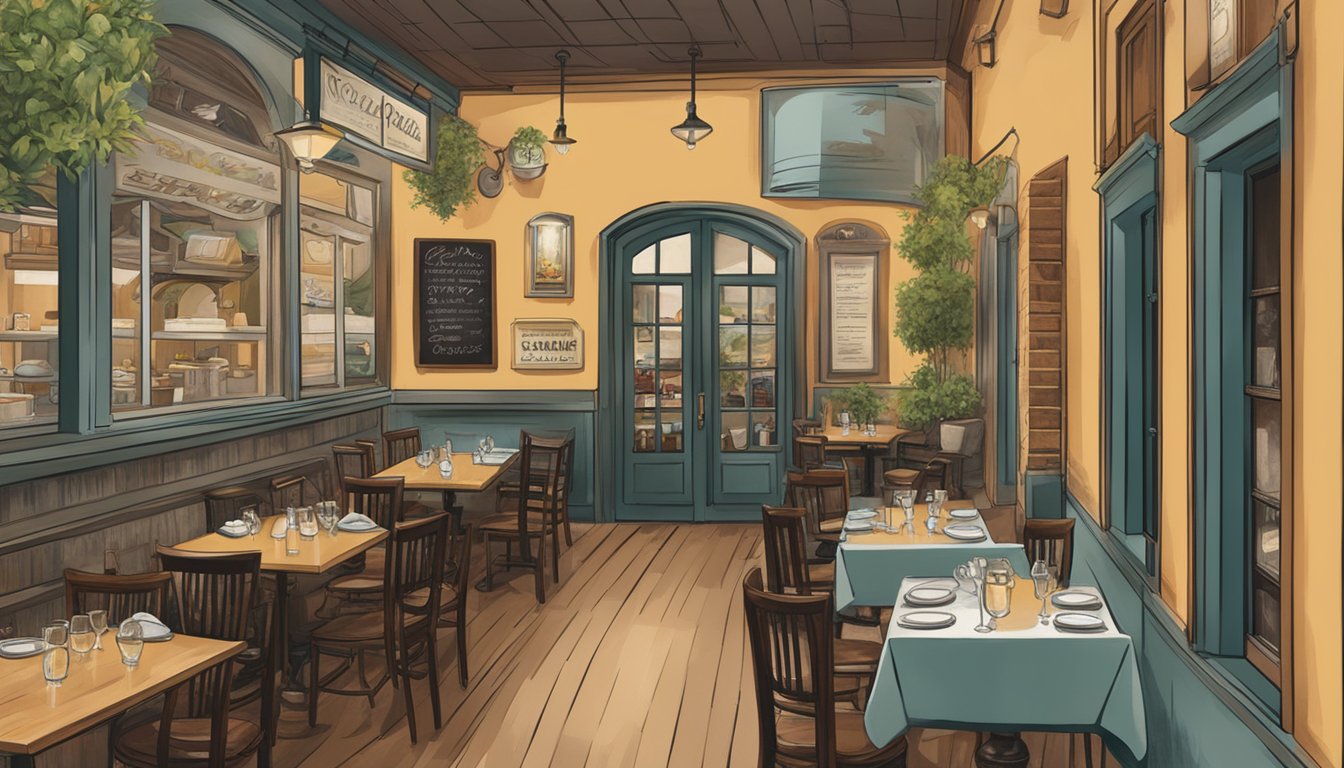
What are the essential elements for crafting an exciting Italian eatery identity?
To create an exciting Italian eatery identity, you need to consider several elements. First, you should think about your restaurant’s name and logo. These elements should be memorable and represent the essence of your restaurant. Next, you should consider the colours and fonts that you use in your branding. They should be consistent with the Italian theme and create a warm and inviting atmosphere. Finally, you should think about the type of food you serve and how you present it. The presentation of your food should be visually appealing and reflect the Italian culture.
How can one create a captivating atmosphere in an Italian diner through branding?
To create a captivating atmosphere in an Italian diner, you need to focus on the details. The music you play, the artwork on the walls, and the lighting should all work together to create an immersive experience for your customers. Additionally, you should consider the type of furniture and table settings you use. They should be comfortable and reflect the Italian culture. Finally, you should think about the uniforms your staff wears. They should be consistent with your branding and create a professional image for your restaurant.
What strategies lead to the best brand recognition for an Italian bistro?
To achieve the best brand recognition for your Italian bistro, you should focus on consistency. Your branding elements should be consistent across all platforms, including your website, social media, and physical location. Additionally, you should consider partnering with other businesses in your community to promote your restaurant. Finally, you should create a loyalty program to encourage repeat business and word-of-mouth referrals.
What are the top tips for infusing authentic Italian charm into your restaurant’s brand?
To infuse authentic Italian charm into your restaurant’s brand, you should focus on the details. Use Italian phrases on your menu and in your marketing materials. Additionally, you should consider incorporating Italian art and culture into your branding elements. Finally, you should source your ingredients from Italy whenever possible and highlight them on your menu.
How do successful Italian trattorias develop their unique brand personalities?
Successful Italian trattorias develop their unique brand personalities by focusing on their strengths. They identify what makes their restaurant unique and use that to create a cohesive branding strategy. Additionally, they listen to their customers’ feedback and adjust their branding elements accordingly. Finally, they stay true to their Italian roots and maintain consistency across all platforms.
What design features are key to an engaging and memorable Italian restaurant brand?
To create an engaging and memorable Italian restaurant brand, you should focus on the design elements. Use warm colours, such as red and orange, to create a welcoming atmosphere. Additionally, use high-quality images of your food and restaurant to showcase your brand. Finally, use Italian-inspired fonts to create a cohesive look and feel.




